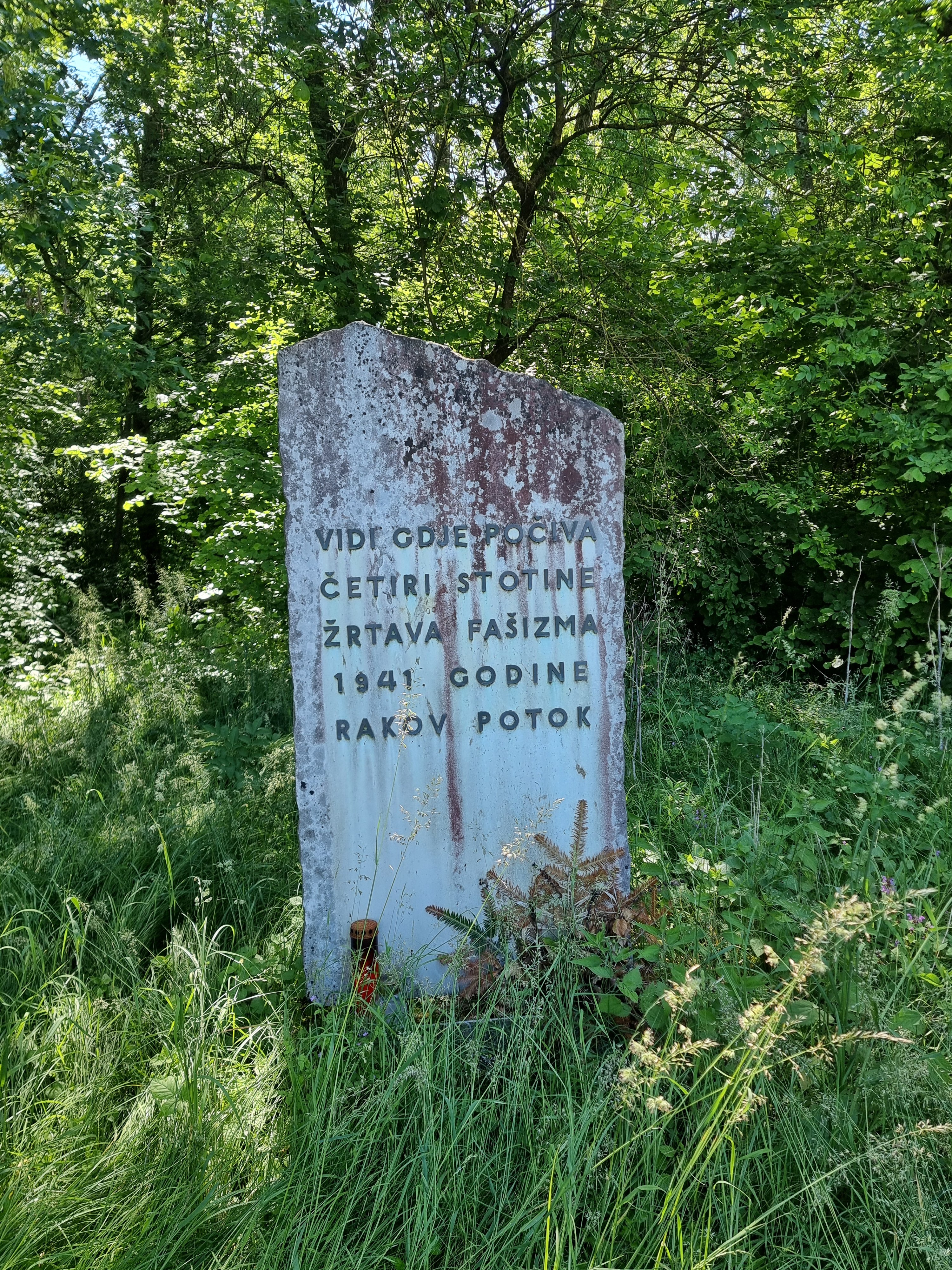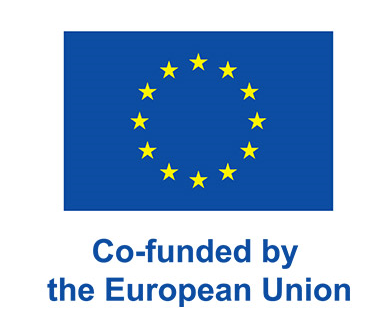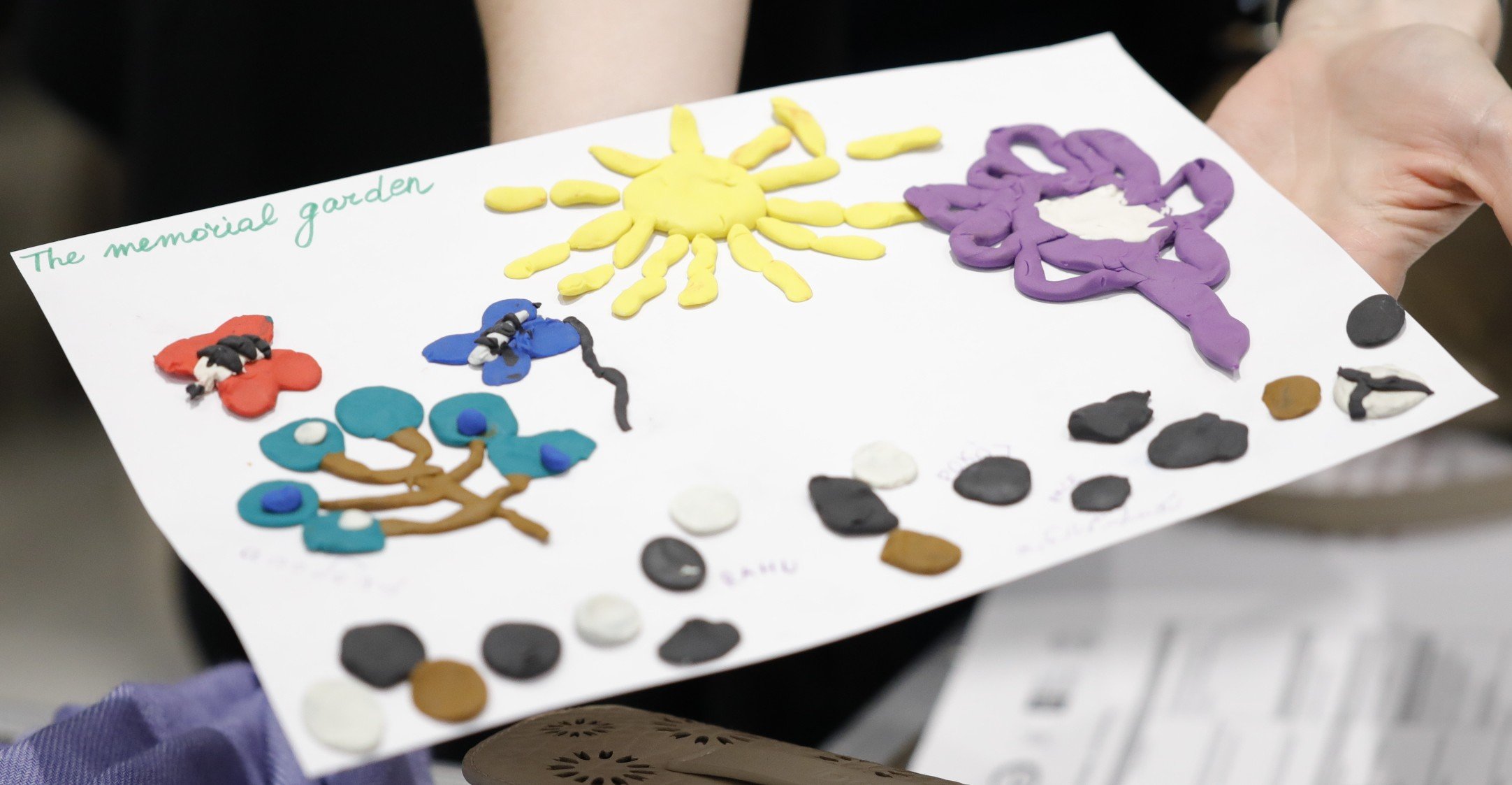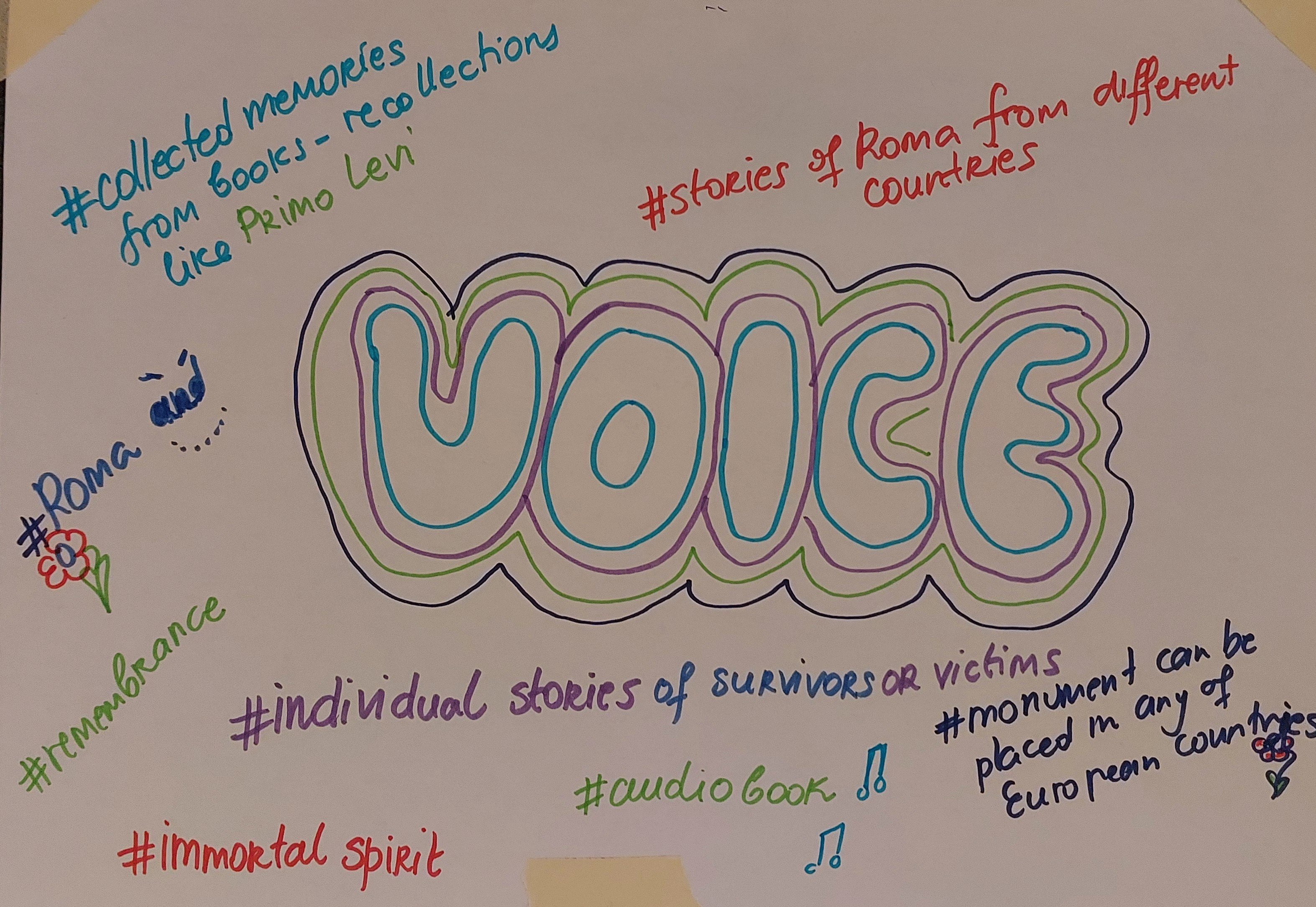Visit to Rakov Potok Memorial with high school students

On Saturday, June 6, together with a group of final-year high school students, we visited the Rakov Potok memorial site as well as the Dotrščina memorial park.
This was the first time we organized a visit to Rakov Potok, the second largest mass execution site in Zagreb during the Second World War, which today is in very poor condition and almost inaccessible. Despite its current state, the visit was very important, as it marked the first in a series of activities we will carry out around this location within the ReMEMBER Europe project, with the goal of rescuing it from oblivion.
At the beginning of the program, guided by questions, the students recalled what they had learned about the historical context of Croatia in the Second World War and the Independent State of Croatia, and they also learned key information about the events at Rakov Potok. Afterwards, they visited the monument and the memorial ossuary at Rakov Potok, to gain their own impressions of the site’s significance as well as its condition today. They then took part in a guided tour through the Dotrščina memorial forest, the largest mass execution site in Zagreb during the Second World War. After both visits, we held a discussion about their impressions, about memorialization in Yugoslavia and in Croatia during the 1990s, and about the importance of remembrance and commemoration of the victims today.
Afterwards, the students worked in small groups on the biographies of four selected victims executed at Rakov Potok – Krešo Rakić, Dragica Hotko, Marija Habulin, and Rudolf Domany. Through guiding questions, they discussed the reasons why these individuals joined the resistance movement, why they were arrested and executed, as well as the dynamics of remembering or forgetting the victims in the past and today. Special emphasis was placed on the values citizens need in order to be active, and on the importance of remembrance and the impact of memorialization on societies and individuals today.
At the end of the program, the students shared their impressions, thoughts, and feelings with the organizers during the final evaluation round.
This activity was carried out within the framework of the “ReMEMBER Europe” project, financed by the European Union through the CERV program, European Remembrance.



